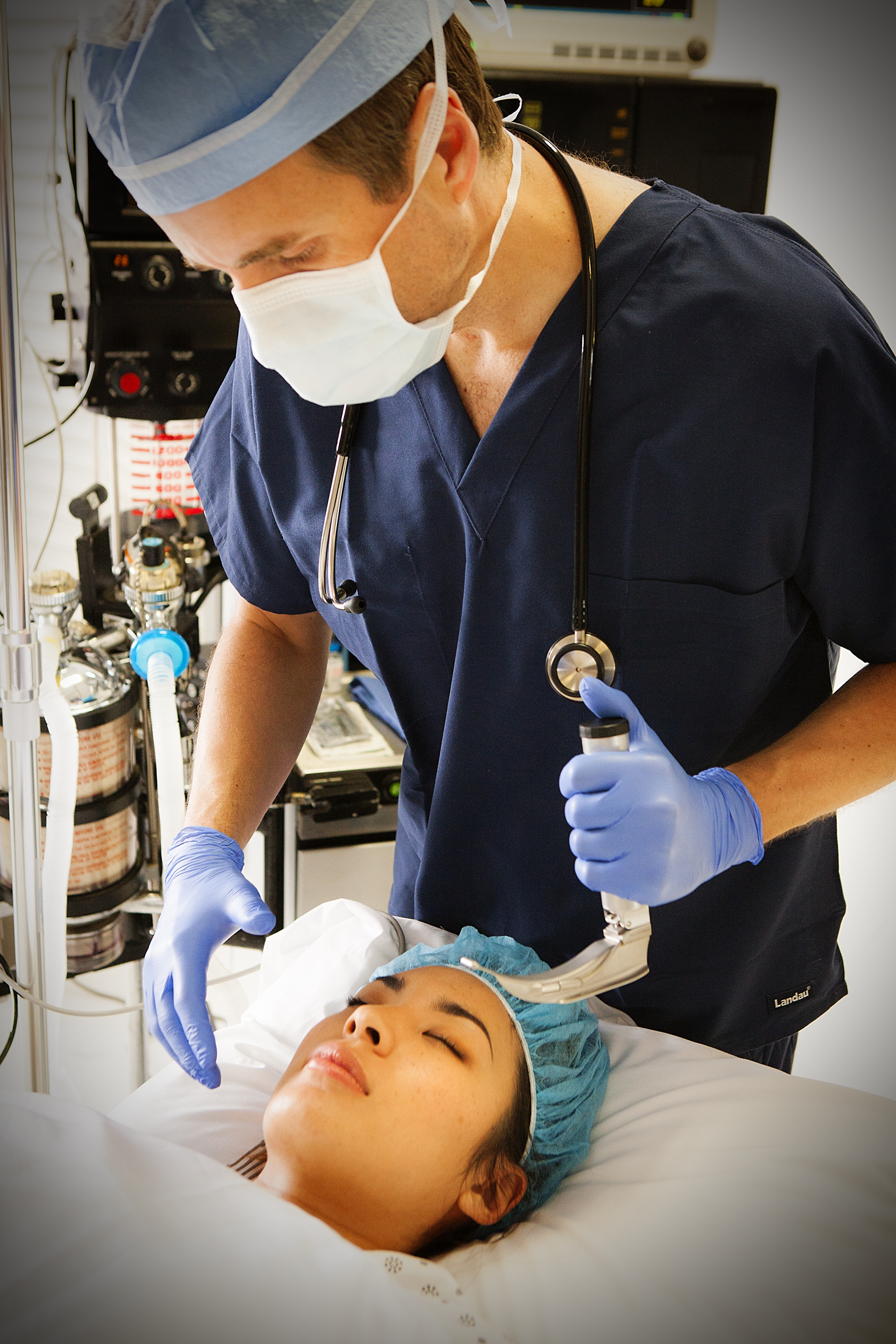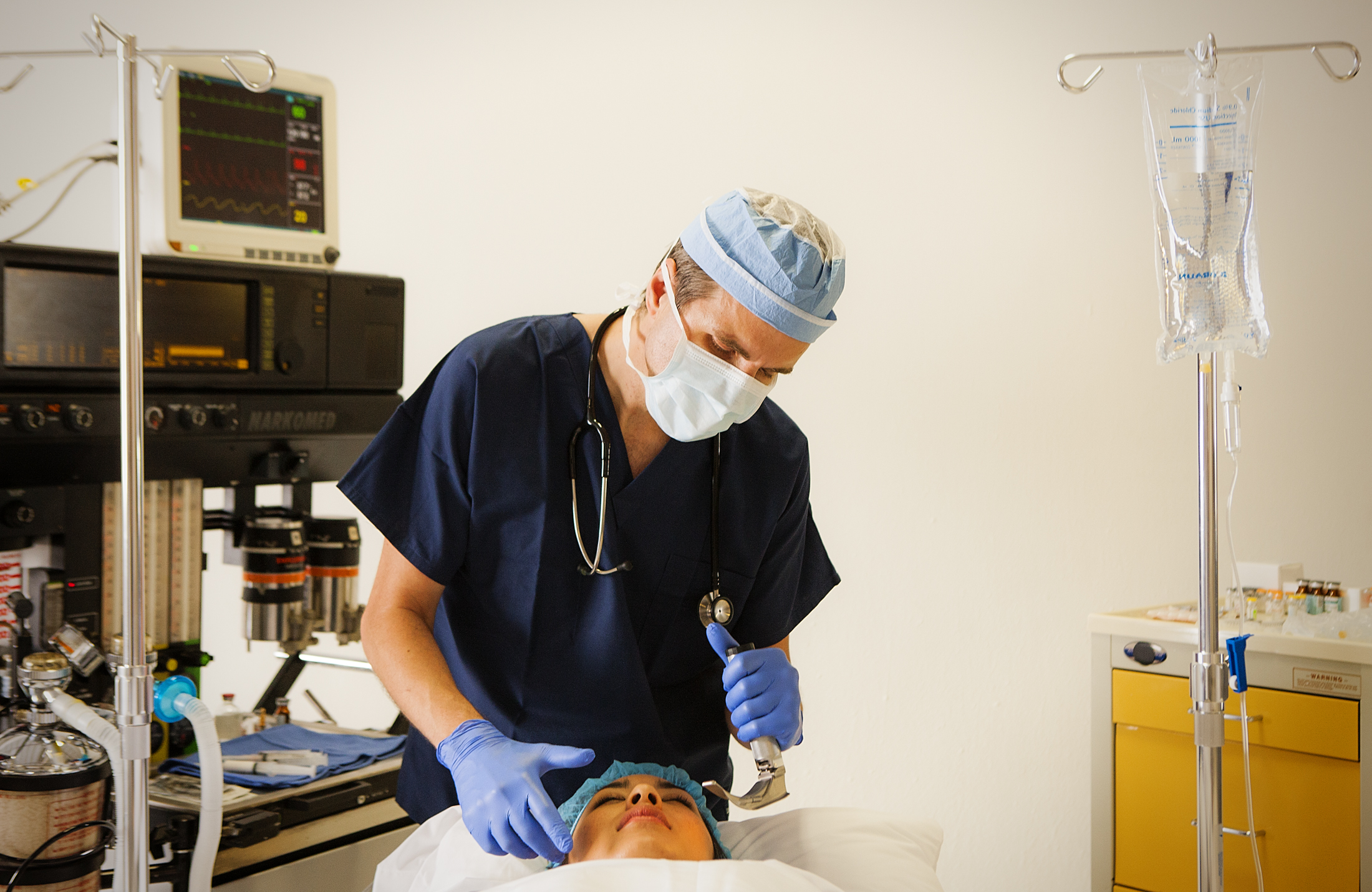
Nurses have been providing anesthesia care for patients in the United States for almost 150 years (1). Even before the credential of a Certified Registered Nurse Anesthetist (CRNA) was established in 1956, nurses had contributed greatly to the development of anesthesia for almost a century before (3). The first U.S. nurse to provide anesthesia worked during the Civil War in the 1860s. From then, nurse anesthesia has been developed as a specialty vital to surgery.
Nurses were the first professional group to specialize in anesthesia in the U.S. (2), starting with Sister Mary Bernard in 1877 (1). Surgeons sought to lower the mortality of using anesthesia during surgery and saw nurses as a solution (2). Before formal educational programs for anesthesia were established, surgeons trained nurses to provide anesthesia for their patients (1). Nurse anesthetists thus became pioneers in the field of anesthesiology and contributed to the development of many techniques and devices (2).
The standardization and growth of anesthesiology was aided by publications of techniques in anesthesiology and the establishment of an anesthetist program (1). Alice Magaw, a nurse anesthetist in the nineteenth century and “Mother of Anesthesia,” developed many successful techniques and published her findings between 1899 and 1906 (2). Nurses and physicians worked together to establish anesthesia care in surgery. Dr. Charles Mayo and Magaw helped establish a showcase of anesthesia techniques, which was attended by hundreds of physicians and nurses (2).
The first formal educational program for anesthesia was established at St. Vincent’s Hospital in 1909 (2). They offered a six-month program for a master’s level degree to physicians, dentists, and nurses (1). As the field of anesthesia developed, physician anesthetists started to advocate for anesthesia to be only practiced by physicians, alleging that there was risk in anesthesia care given by non-physician anesthetists. However, the verdicts of lawsuits filed against practicing nurse anesthetists were all in favor of nurses. In 1931, the National Association of Nurse Anesthetists, later named the American Association of Nurse Anesthetists (AANA), was established (1), and the title of a CRNA introduced in 1956.
Prior to 2001, there was a federal requirement that anesthesia administered by a CRNA must be supervised by a physician (1). In 2001, there were changes in Medicare rules that allowed each state to determine whether physician supervision was needed. Most states require physician supervision for practicing CRNAs. However, 17 states have opted out of this requirement as of 2012 (4).
Now, CRNAs practice in a wide range of settings such as delivery rooms, ambulatory centers, dentist offices, military bases (3). The AANA outlines “Standards for Nurse Anesthesia Practice,” as a general guideline for practicing CRNAs (5). In settings where physician supervision is required, CRNAs often work as care providers that constantly monitor patients under anesthesia while an anesthesiologist supervises two to four CRNAs (1). In settings where physician supervision is not required, CRNAs often are the main providers of anesthesia, especially in rural areas.
According to the AANA, CRNAs have contributed to the reduction of costs for anesthesia care and increased the availability of anesthesia (6). The American Society of Anesthesiologists (ASA), however, claims that a physician-directed anesthesia model is more cost effective (1). While there remains to be discussion on the best strategy for anesthesia care, the development of anesthesia has undoubtedly been aided by both CRNAs and physicians.
References:
1 http://europepmc.org/abstract/MED/21717163
2 https://www.aana.com/aboutus/Documents/historynap.pdf
3 http://pain.com/archives/2011/01/24-crna-brief-history/
4 http://www.aana.com/advocacy/stategovernmentaffairs/Pages/Fact-Sheet-Concerning-State-Opt-Outs.aspx
5 http://www.aana.com/resources2/professionalpractice/Documents/PPM%20Standards%20for%20Nurse%20Anesthesia%20Practice.pdf




